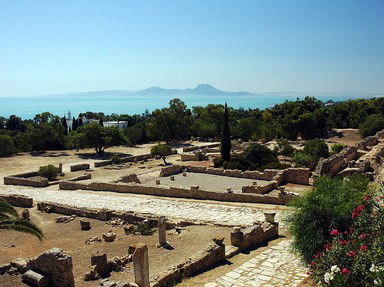
Born To The Purple 3 Trivia Quiz
The ancient city of Carthage was "born to the purple" in the sense that the people possessed the secret of making the expensive cloth, which, in turn, became one of their most important trade goods.
by ponycargirl.
Estimated time: 4 mins.